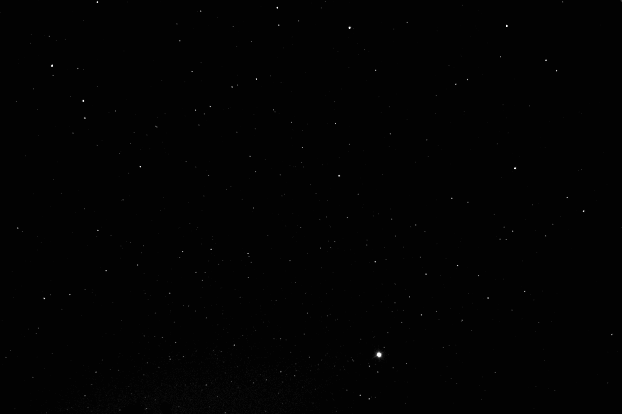

 Typhon, the monstrous offspring of Gaia and Tartaros, challenged Zeus for mastery of the world and a terrible battle ensued. Most of the gods fled to Egypt and disguised themselves as animals. In particular Aphrodite and her son Eros transformed into fish and dived into the river tied together by their tails so that they would not lose each other. Zeus defeated Typhon and threw him into the Underworld, and the gods returned to their normal form. The two fishes were placed in the stars to commemorate this great battle.
Typhon, the monstrous offspring of Gaia and Tartaros, challenged Zeus for mastery of the world and a terrible battle ensued. Most of the gods fled to Egypt and disguised themselves as animals. In particular Aphrodite and her son Eros transformed into fish and dived into the river tied together by their tails so that they would not lose each other. Zeus defeated Typhon and threw him into the Underworld, and the gods returned to their normal form. The two fishes were placed in the stars to commemorate this great battle.
(Dr. March, in her book, says that it was Ares who fled with Aphrodite and transformed to a fish. Normally I would not doubt Dr. March's authority in matters of the Myths, but in this case every other description I have been able to find names Eros as Aphrodite's companion. I have to say that it seems much more likely that the god of love would flee with his mother, the goddess of love, rather than Ares who was the son of Zeus and the god of war. We also have to recognise that there are two characters in the myths called Eros. The first was one of the primaeval entities who came into being at the beginning of time. The other was the son of Aphrodite and Ares. The former appears in the earlier myths, the latter in the later ones.)
The constellation is a large one representing the two fish at each end (β to ω and χ to τ) joined by the long string through α. I have omitted the names of the stars; three have them but two are rather long (β is Fum al Samakah and ο is Torcularis Septentrionalis) and I felt that including them would make the annotations overly complicated. The brightest star (α Alrisha) has a magnitude of 4.2 (Moore gives it as 3.8 but both my planetarium programs report 4.22), so it is a faint constellation and best found via the great square of Pegasus which is more obvious in the sky than appears either here or in my picture of Pegasus. α and ζ are both easy doubles in which some variability has been suspected. 19-Piscium is a variable with a colour that rivals the well-know Garnet star (μ Cephei). Another interesting star in the constellation is Wolf 28. It is magnitude 12.4 so only visible in larger telescopes (>250 mm) and one of the dimmest stars known with a luminosity of only one six-thousandth of the Sun. It is only 14 light years away. (Jupiter of course was just visiting when I took this picture, as was Uranus which may be the small dot slightly above and to the right of Jupiter*.) Interestingly the First Point in Aries, which is the origin of the Right Ascension co-ordinate system in the sky, is in this picture. If you look just above Jupiter there are three very faint stars; At the time of writing, the First Point is very close to the central one of these three.
* My two planetarium programs disagree on the exact location of Uranus at the time.
There is only one Messier object in the constellation, M74. It is a very nice, face-on, spiral galaxy but, unfortunately, it is rather faint with a surface magnitude of only 14.2. However it has a relatively open structure making it an ideal subject for studying spiral galaxies. Although not strictly in this constellation, I have included M33 which is just over the border in Triangulum, and is another spiral galaxy seen almost face on.
The picture was taken at 00:51 UT on 17 September 2010 with my Canon 1000D camera with a 22-mm lens at f/4 with an exposure of 30 seconds at ISO 1600. In PhotoImpact, the background light pollution was removed and then the size reduced in two steps after each of which the contrast and brightness were increased to compensate for the loss in the reduction process and the final image was rendered in monochrome.